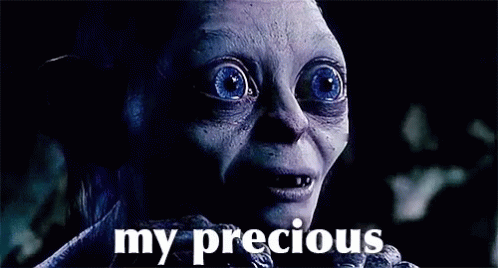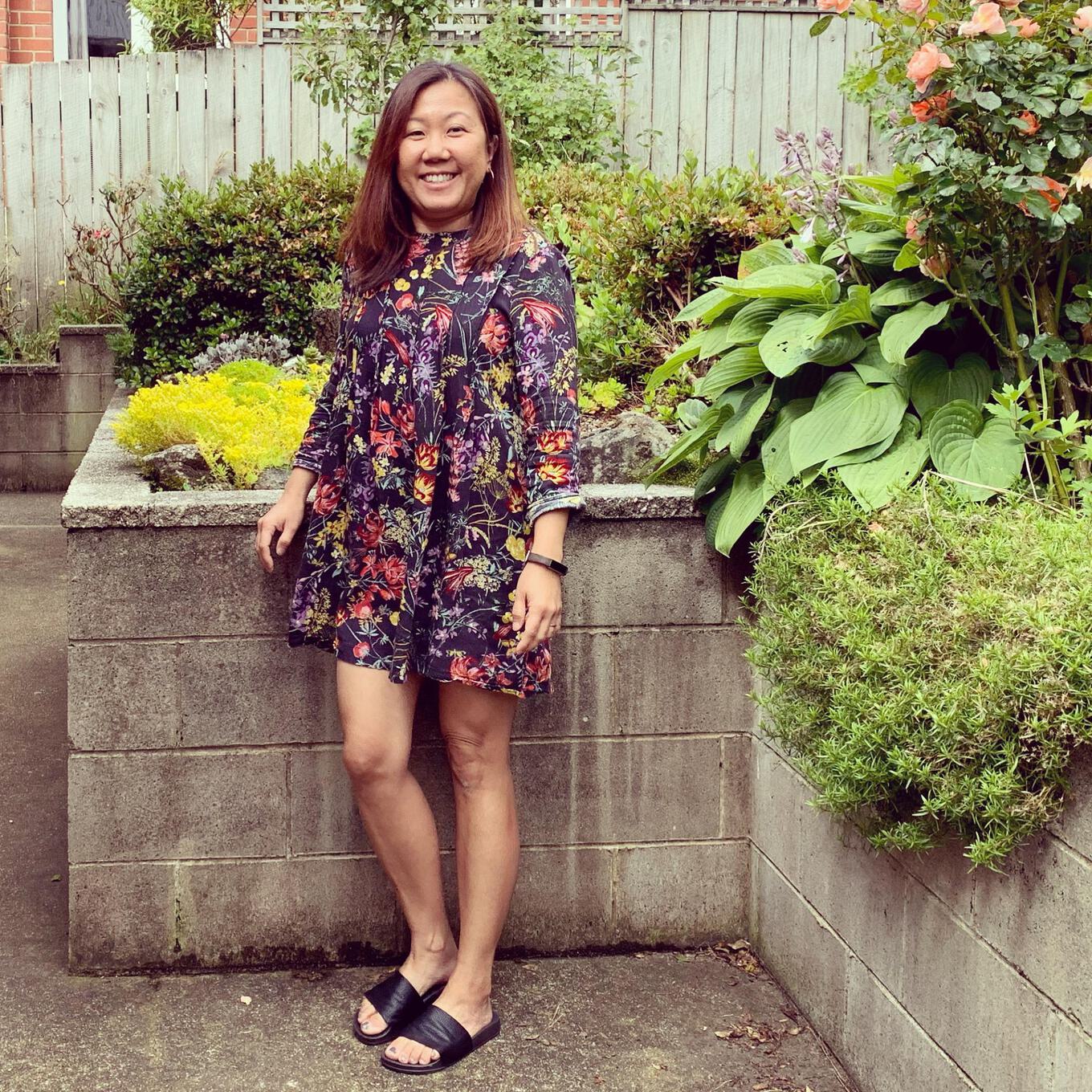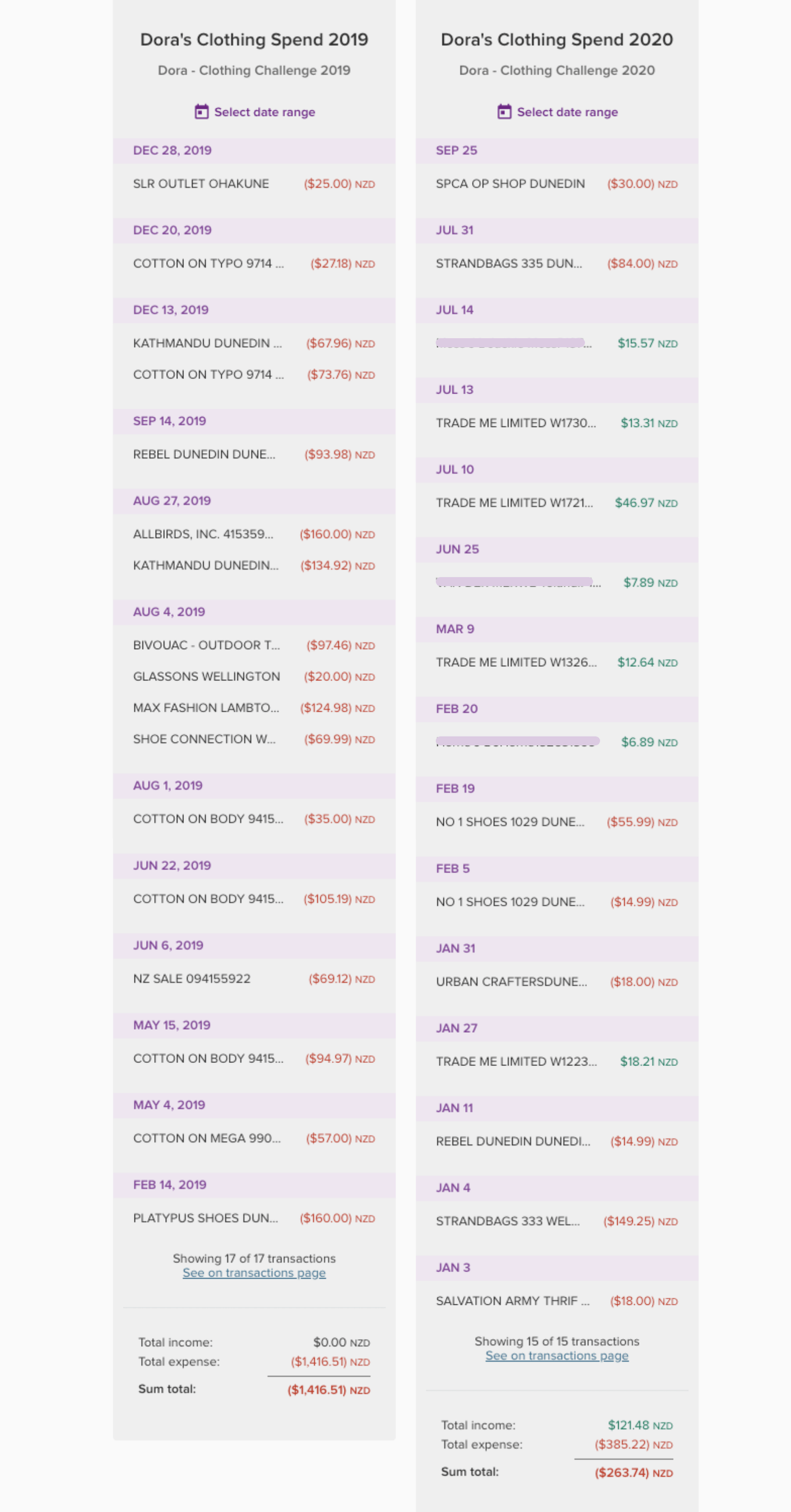
It is a truth universally acknowledged, that a modern lady in possession of an income, must be in want of new clothes.
Well, at least that’s what the fast fashion industry wants us to believe.
In January 2020, I decided to put the hypothesis to the test. Could I, lover of new things and fun clothes, survive not buying anything new for a year? Just how intimidating would this challenge be – as indomitable as Mr Darcy is when Lizzie first meets him, or more like the gentleman she bumps into at Pemberley, sweet and conquerable? Let’s find out.
It all started when my podcaster-author friend Frances Cook issued a No New Clothes challenge on Instagram: who was keen to join her for a year of buying only secondhand clothes?
I paused mid-scroll when I saw her post. I’d been toying with the idea myself and had even made a list of pros and cons, which went something like this:
But yet… we wants it! We needs it! We must have our precious new clothes

So, after a raging internal monologue, I swatted away my inner Gollum, embraced Smeagol, and decided to go all in.
My goal was to only buy secondhand clothing for myself in 2020. What’s more, in a fit of deranged optimism, I committed to a stretch goal of achieving a net neutral clothing budget, by selling existing clothing to fund my purchases. (Spoiler alert: I didn’t achieve the latter goal, read on to see how close I got!)
A full 12 months later, I’m reflecting on the year that was.
I look back at pre-pandemic me on the first day of the challenge, dressed in my thrift store finds – a $10 H&M dress and $8 new slides. And I want to give my peppy reflection a giant reassuring hug for the trippy year ahead. You got this, I want to say. And you’re going to learn so much in the process.

That was by far my biggest learning point – that consciously choosing to buy secondhand or going without saved me $1,153 in 2020!
Here’s how I arrived at that magical number:

The No New Clothes Challenge didn’t just impart financial lessons. I learned a lot about myself in the process. For instance, this experience validated that the joy of clothes for me is in the hunt rather than the eventual prize.
I discovered all sorts of treasure troves for bargain hunters, my favourite being the humble New Zealand school fair. Most schools hold an annual fair to fundraise for the year ahead, and these usually have a well-stocked clothing stall. At my kids’ school, every item of clothing went for $2 each! I spent $10 and got two merino jumpers, a pair of denim overalls, and two tops.
That said, the highlight finds for me this year were from my local SPCA thrift store: a Superdry long-sleeved top and a Zaket & Plover cashmere jersey I found for $15 each!
A friend invited me to a clothes swap at the start of the year. It was basically the best way to spend a morning – fun and fiscally fashionable. Each guest brought some clothing, accessories and snacks to share. We laid out the things we brought in neat piles, and went round the room picking out stuff to try on.
It was pretty amazing arriving with previously loved items that I’d gotten tired of, and leaving with a refreshed wardrobe, at absolutely no cost at all.
Some tips for a successful clothing swap:
By categorizing and labelling each clothing purchase I made, I became more mindful about what I was choosing to buy and why. Tracking income from clothing sold as a refund in my clothing budget was also highly motivating!
Sadly, it also helped that with a pandemic ranging around me, there weren’t exactly a ton of events to go to.
It did make me resolve to hire an outfit the next time I attend a special event. Why spend upwards of $200 on a big ticket item I might only wear once, when I can rent a designer dress for a quarter of the price?
I had to buy a pair of new shoes in February. There’s a story behind that though. I was on my way to a work event and the pair of Melissa jelly flats I was wearing broke, split right down the middle. It was pure serendipity that I was near the mall when it happened. So $55.99 and a pair of random flats later, I went on my merry way again.
I also bought two bags for myself this year – both crossbody, one leather and the other waterproof. For no other reason than I’d budgeted for them, and they made me happy!
While I personally saved $1,153 by taking part in the No New Clothes Challenge, alas, I belong to a household alongside my (frugal) husband and two growing sons, the elder of whom has taken up cricket. This means we needed to get all sorts of paraphernalia in 2020, including pads, gloves, trousers and a giant bag to fit all his equipment in!
So all up, according to my trusty PocketSmith income and expense statement, my family spent $605 less on clothing in 2020 than 2019. I’m pretty glad that my efforts played a part in that!
But as I sit here on the last day of 2020 writing this, I’m reminded that life’s so much more than a ledger. I love that I saved a bunch of money by not buying new clothes, but equally, I’ll happily fund my son’s cricket habit as I see how much joy it brings him.
Just don’t make me watch a full game, I’ve got Op Shops to go to!

Dora is Head of Marketing here at PocketSmith. She’s the mum of two boys, and calls both Singapore and New Zealand home. She’s obsessed with succulents, sci-fi and bubble tea, and is waiting for the day a novel will combine all three. Maybe she should just write it herself.